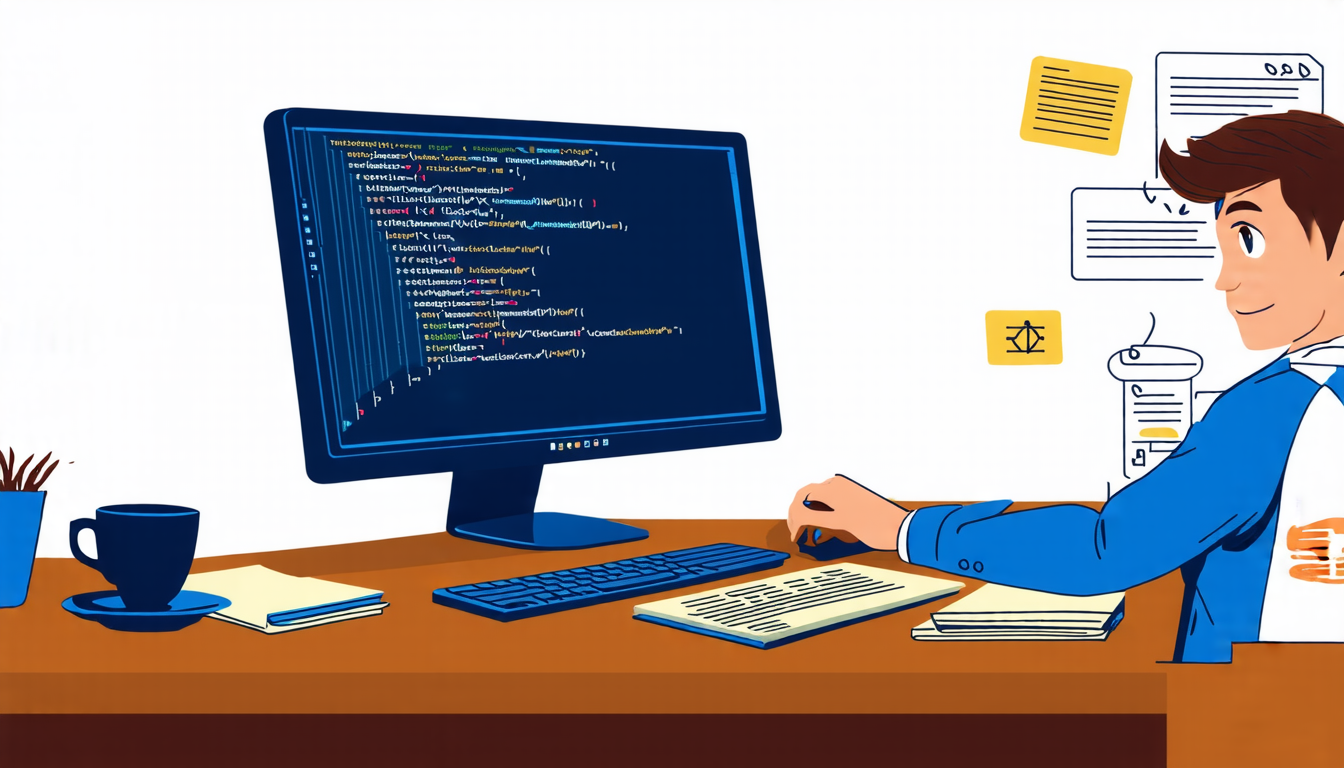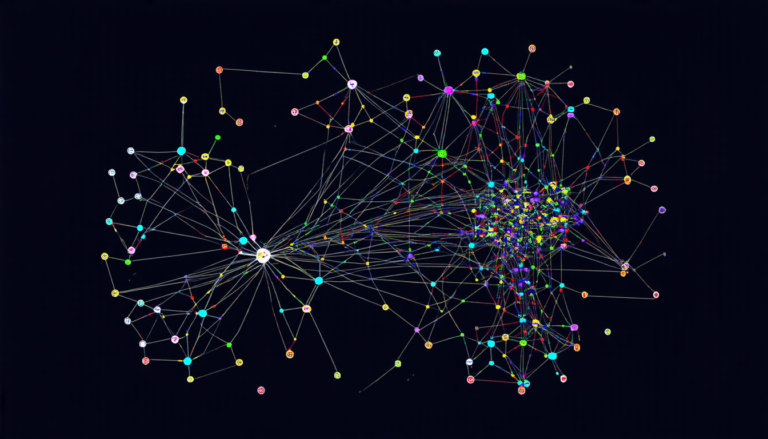Sunday 14 September 2025
The quest for efficient and scalable methods for reasoning about arrays has been a long-standing challenge in computer science. Arrays are ubiquitous in programming, but their complexity can quickly become overwhelming as program size increases. In recent years, researchers have made significant strides in developing decision procedures that can efficiently handle array-based constraints. A new paper published in the Journal of Automated Reasoning presents an innovative approach to encoding arrays as sets of ordered pairs and defining a fragment of set theory for specifying non-trivial classes of programs with arrays.
The authors’ solution begins by considering functions as sets of ordered pairs, which allows them to encode arrays as sets of ordered pairs. This encoding enables the use of existing decision procedures for set theory to reason about arrays. The approach is particularly effective when dealing with quantifier-free first-order constraints over finite sets and binary relations.
One key insight behind this work is the recognition that many array-based constraints can be reduced to simpler constraints involving only finite sets and binary relations. By leveraging this reduction, the authors are able to develop a decision procedure for their fragment of set theory that is both efficient and scalable. This procedure has been implemented as part of the {log} tool, a constraint logic programming language and satisfiability solver.
The implications of this work are significant. For one, it provides a powerful new tool for programmers and researchers seeking to reason about arrays in a more efficient and scalable manner. Additionally, the approach offers a promising avenue for extending existing decision procedures to handle more complex array-based constraints.
To achieve their goals, the authors drew on a range of techniques from computer science and mathematical logic. These included the use of set theory to encode arrays, as well as the development of novel algorithms for solving quantifier-free first-order constraints over finite sets and binary relations.
One potential application of this work lies in the realm of formal verification, where it may be used to prove the correctness of programs that manipulate arrays. By providing a more efficient and scalable method for reasoning about arrays, this approach could help pave the way for wider adoption of formal verification techniques in software development.
In another area, this research could have significant implications for the field of programming languages. As programmers increasingly rely on complex data structures like arrays to build large-scale applications, the need for efficient and effective methods for reasoning about these structures will only continue to grow. The authors’ approach offers a promising solution to this problem, one that could help shape the future of programming language design.
Cite this article: “Efficient Reasoning About Arrays with Set Theory”, The Science Archive, 2025.
Arrays, Set Theory, Decision Procedures, Constraint Logic Programming, Satisfiability Solver, Formal Verification, Programming Languages, Data Structures, Computer Science, Mathematical Logic
Reference: Maximiliano Cristiá, Gianfranco Rossi, “Encoding and Reasoning About Arrays in Set Theory” (2025).







